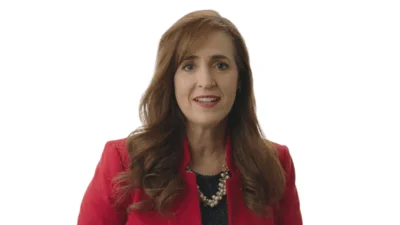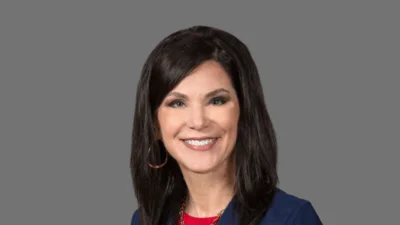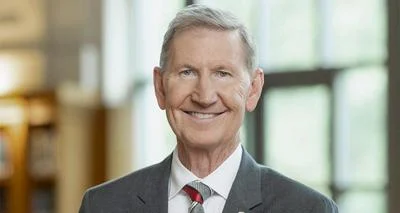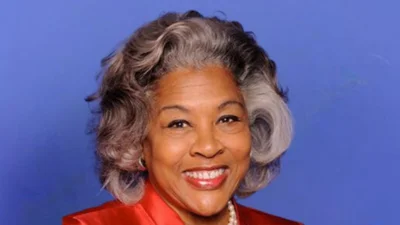The Ohio State University issued the following announcement on Jan. 28.
Climate change affects every aspect of life, from public health to the economy, and is so expansive that it can seem overwhelming. Art can make the issue more personal and help individuals understand the role they can play in making a positive impact, say artists and educators who participated in a recent virtual discussion hosted by The Ohio State University.
The Jan. 19 session, “Art, Climate Sciences and the Social Condition,” kicked off the Spring 2022 Digital Dialogues and Graduate Workshop Series presented by the Office of Academic Affairs’ Global Arts and Humanities Society of Fellows.
Centered on the theme “Extinction/Imagination,” the Digital Dialogue series brings together scholars, community activists, artists and archivists working in a range of disciplines, said Professor of English Wendy Hesford.
“The ‘Extinction/Imagination’ theme is an interdisciplinary theme that invites us to consider extinction broadly, that is as a range of threats to ecosystems, languages, species, cultures, populations and life ways,” Hesford said in her introduction. The theme also explores “the role of the imagination in crafting sustainable responses to these threats and just responses to systemic inequalities.”
Panelists included Amy Fairchild, dean of the College of Public Health and a historian; Hope Ginsburg, an artist in residence at the Wexner Center for the Arts; Smitha Rao, an assistant professor in the College of Social Work; and Sa’dia Rehman, Wexner Center for the Arts artist in residence and a lecturer in the College of Arts and Sciences. Dionne Custer Edwards, director of learning and public practice at the Wexner Center for the Arts, moderated the discussion.
Each of the panelists shared her perspectives on how art can raise awareness of the complex issues that contribute to climate change. Visual art can underscore the urgency of the crisis – even if it’s as simple as a television news infographic, Fairchild said.
“As an individual, unless I see a graphic, the summer doesn’t feel hotter to me than it did when I was 3 years old, (although) I know rationally that that has happened,” she said. “Because of the longer time frame that it happens over, it doesn’t grasp us as the crisis, it doesn’t give us that wringing our hands moment – ‘What’s to be done about this?’”
Art can not only provide perspective on crises that have taken shape over long periods of time, but can also offer a glimpse of future events, Rao said. She noted that the late science fiction author Octavia E. Butler’s 1993 “Parable of the Sower” novel depicts climate change and economic chaos in the early 2020s.
“If you read it today, it feels prophetic. She’s talking about climate change, she’s talking about racism,” Rao said. “If you read the ‘Parable’ series right now, she has imagined the world that we are living in today, and it feels really spooky that she kind of foretold the future.”
Rather than detached observers, artists who write about issues like climate change are often passionate about the issue and actively involved in trying to effect positive change, Rehman said.
“These are people participating in the movement and then they’re using their tools, their art practice to meditate on the destruction,” she said. “They’ve participated in and produced work in service of building those other worlds.”
Ginsburg said as part of her current Wexner Center for the Arts project, she and a small film crew embark on deep-sea dives to document coral reefs. She said the project will be featured in an upcoming Wexner Center “indoor ocean” exhibit in which oversized screens will show gallery goers how marine life is impacted by climate change.
Ginsburg said in her work, she strives to convey “the role of art in terms of showing people something to which they can emotionally resonate, which may move someone from a supporter to someone who becomes active, or maybe show someone something that moves them from being a denier to a supporter.”
Upcoming Digital Dialogue sessions:
Feb. 2 - “Earth Works Rising: Native Art and Literature,” featuring Chad Allen, Russel F. Stark University Professor and associate vice provost for Faculty Advancement, Department of Information, University of Washington.
March 9 - “Black Futures/Black Technopoetics,” featuring Stephanie Dinkins, Kusama Professor of Art, Stony Brook University; and Louis Chude-Soki, professor of English and George and Joyce Wein Chair in African American Studies, Boston University.
Original source can be found here.




 Alerts Sign-up
Alerts Sign-up